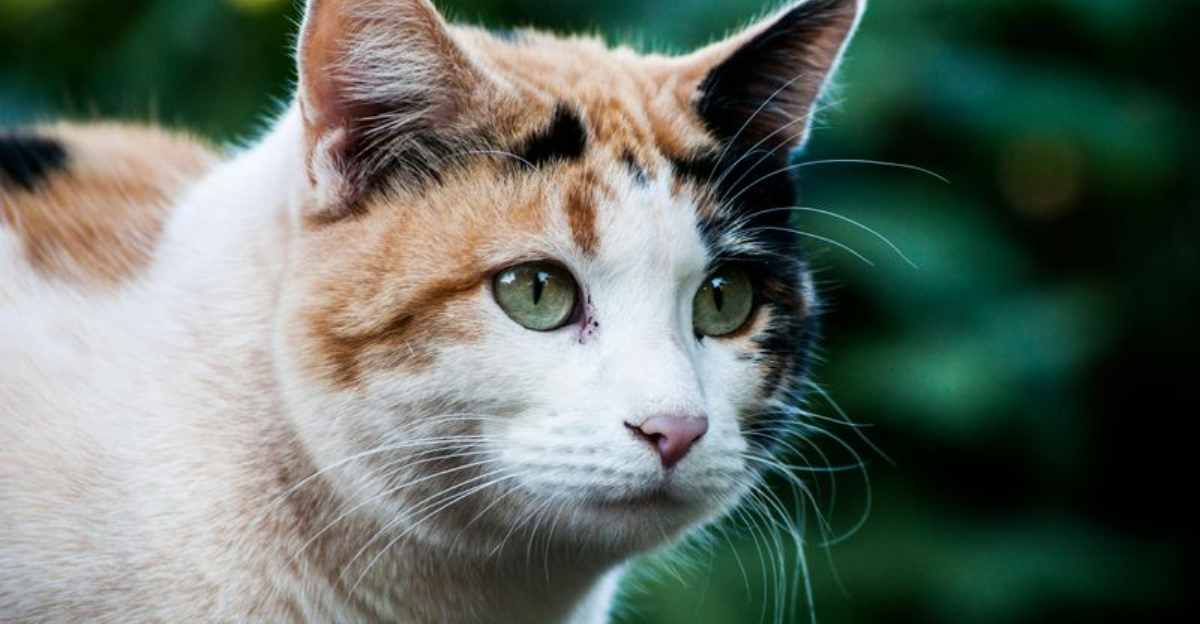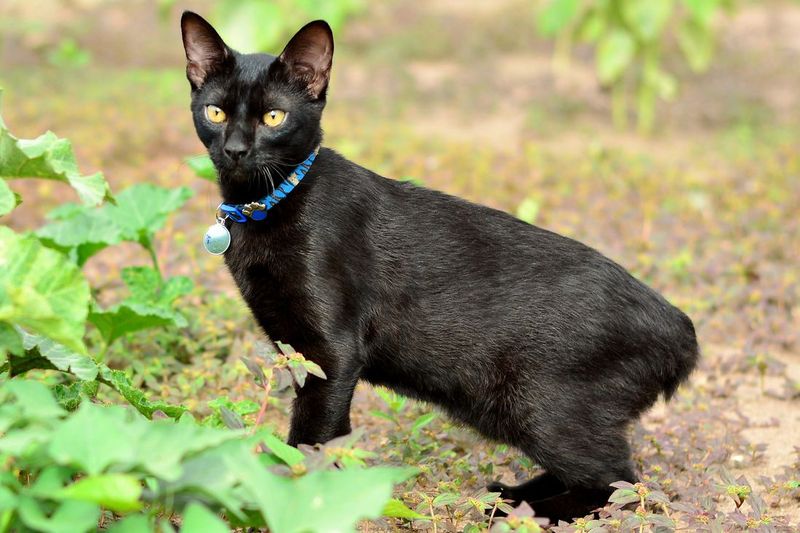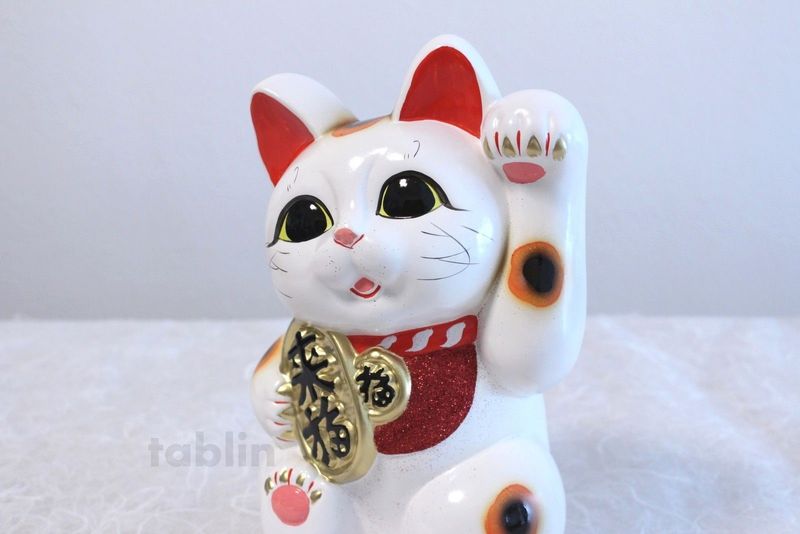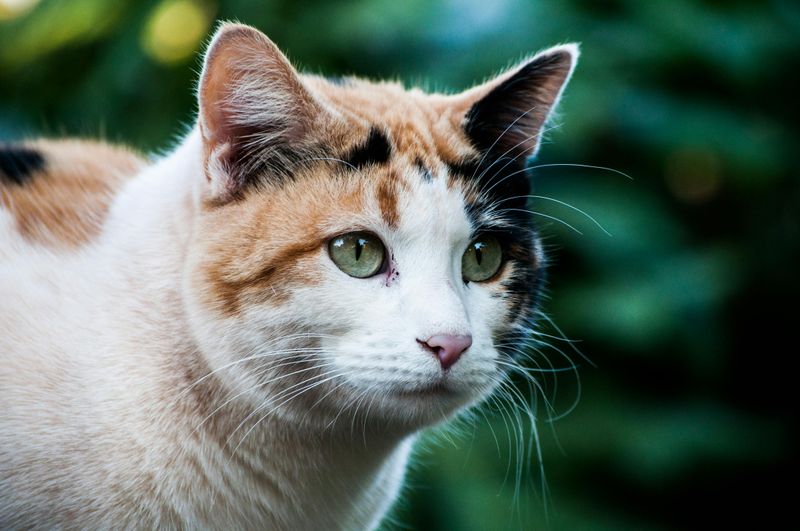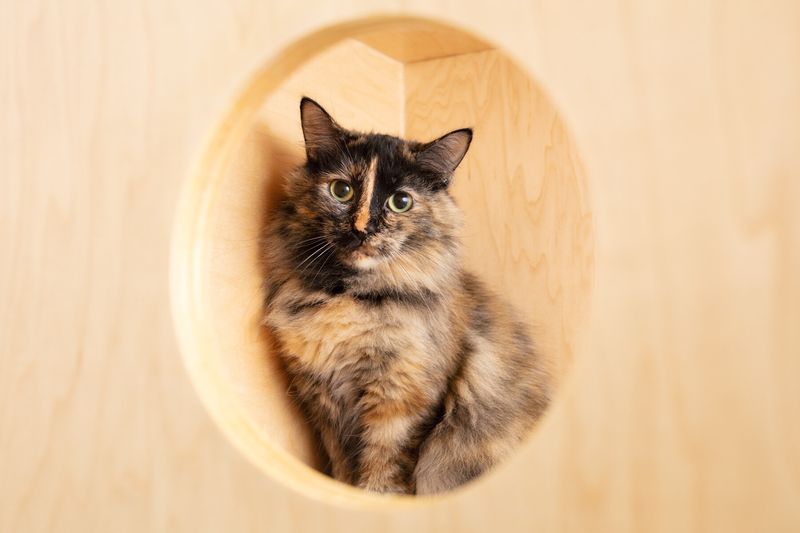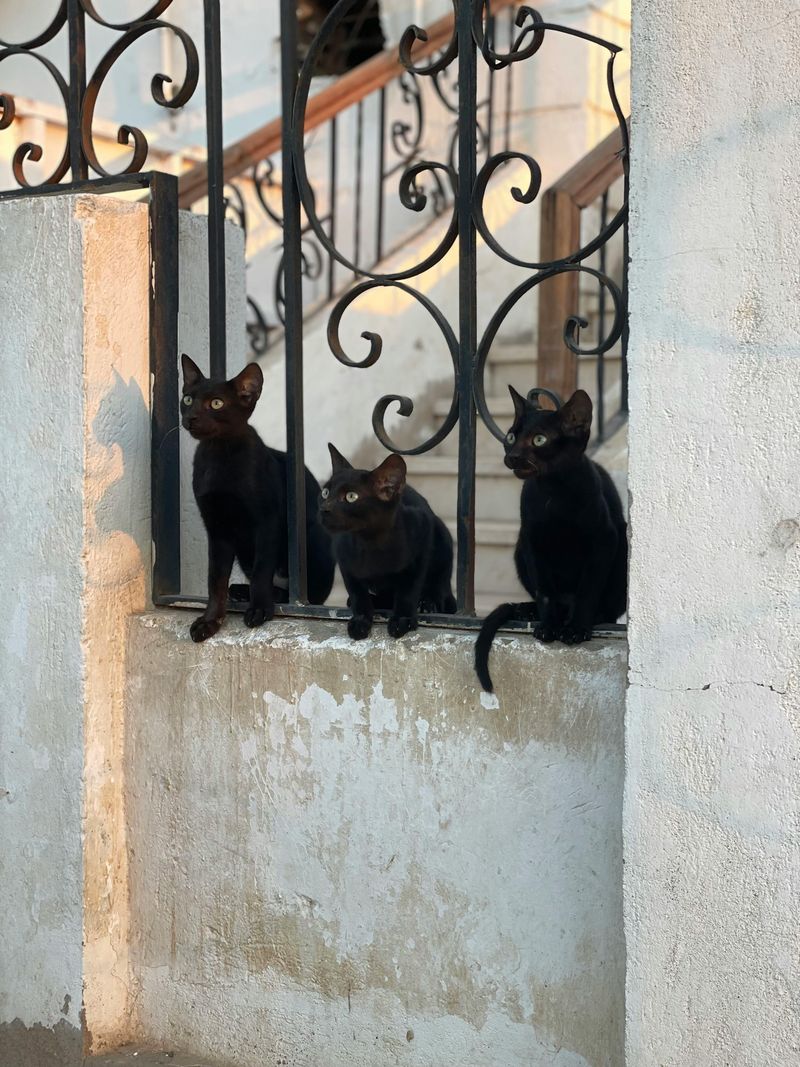📖 Table of Content:
Across cultures and centuries, cats have been more than just curious companions. In many places, they’re revered as powerful symbols of luck, wealth, protection, and even spiritual guidance. From temple guardians in Asia to folk legends in Europe, the feline mystique stretches far beyond the domesticated home.
One of the most iconic symbols of feline fortune is the calico cat, with its tricolor coat and nearly mythical rarity. But the calico is just one among several breeds and types of cats that carry a reputation for bringing good luck. Their stories are woven into cultural myths, religious beliefs, and everyday superstitions that still influence how people see them today.
This guide explores seven cats considered harbingers of good fortune—each with its own origin, symbolic meaning, and historical significance. Whether you’re a cat lover or someone intrigued by global folklore, these feline figures may inspire a whole new appreciation for the charm and charisma of lucky cats.
1. Japanese Bobtail
Renowned for its rabbit-like tail and friendly nature, the Japanese Bobtail is deeply embedded in Japanese culture as a bearer of good fortune. This breed is most famously connected to the Maneki-neko, often portrayed raising a paw in a welcoming gesture that is said to invite prosperity and luck. Historically, these cats were kept in homes and businesses to attract success and happiness, especially when sporting the traditional “mi-ke” (three-fur) coat pattern. Their image is not just decorative—it carries real cultural weight in temples and shrines. In folklore, they are protectors against evil spirits, believed to purify negative energy. Japanese Bobtails are not only elegant but also socially engaging, reinforcing their role as uplifting companions. Their long legacy in Japanese mythology continues to enchant cat lovers around the world.
2. Maneki-neko (Lucky Cat)
Originating as a cultural icon rather than a distinct breed, the Maneki-neko—often referred to as the “beckoning cat”—has become one of the most recognizable feline symbols of luck globally. Seen in storefronts, restaurants, and homes, this figurine typically features a raised paw, which varies in meaning: left for attracting customers, right for bringing wealth. While often modeled after the Japanese Bobtail, the Maneki-neko transcends specific breeds and instead embodies a broad wish for positive outcomes. Its origins date back to Edo-period Japan, with legends telling of cats that saved lives or predicted good fortune. The colors of the statue also carry meaning: white for happiness, gold for wealth, black for protection, and calico for ultimate luck. Today, these figures are given as gifts, placed in new homes or businesses to usher in blessings. They remind people of the enduring human hope to find magic in everyday objects.
3. Calico Cats
Often described as living good luck charms, calico cats have captured imaginations with their rare and vibrant mix of orange, black, and white fur. In Japan, they’re especially honored, as the famed Maneki-neko figurines are frequently depicted as calicos—a nod to their status as symbols of protection and wealth. Their genetic makeup is a marvel in itself; nearly all calicos are female due to the X-linked nature of their coloring, adding a layer of mystery to their charm. Sailors once kept calicos on ships to ward off misfortune at sea, believing their presence could steer danger away. Some cultures even suggest that owning a calico brings harmony to a household. The rarity and beauty of these cats naturally lend themselves to an aura of the extraordinary. Calicos are cherished not just for their looks, but for the powerful symbolism they carry across continents.
4. Siamese Cats
Elegance and mystique define the Siamese cat, a breed that has long been associated with sacred protection and royal favor. In ancient Siam (modern-day Thailand), these cats were treasured by nobles and monks, often residing in temples where they were thought to channel spiritual energy. One belief held that Siamese cats could receive the souls of deceased family members, acting as divine vessels of reincarnation and guardianship. With their piercing blue eyes and slender frames, they were both admired for their looks and respected for their supposed powers. These cats were known to follow their human companions closely, which only deepened the belief in their loyalty and intuitive bond. Modern owners still speak of their vocal, intelligent nature—traits that reinforce their status as special. Siamese cats continue to be embraced as spiritual protectors with regal charm.
5. Maine Coon
Towering in size yet gentle in demeanor, the Maine Coon is often seen as a grounding, stabilizing force in the homes it occupies. Legends about their origin range from Viking ship companions to royal cats escaping the French Revolution, feeding the sense that these cats have always been part of grand, enduring stories. Their calm, affectionate nature combined with their rugged appearance gives off a vibe of strength and reliability. Some folklore suggests that keeping a Maine Coon in the house protects it from misfortune and imbalance. These cats seem to exude a quiet confidence that makes them beloved guardians in rural homes and urban apartments alike. Their thick fur, expressive eyes, and slow-blinking affection add to their emotional presence. As a symbol of protective luck, the Maine Coon’s reputation is as vast as its size.
6. Tortoiseshell Cats (“Torties”)
Marked by a swirling palette of blacks, oranges, and browns, tortoiseshell cats are often associated with a fiery spirit and a streak of unpredictability—qualities that, in folklore, translate to powerful, spontaneous luck. Cultures from Scotland to Southeast Asia have regarded torties as magical or even psychic in nature. Some legends say they can see into the future or sense when danger is near, making them guardians in disguise. Their nearly exclusive presence as females adds to their mystique, and many believe they bring especially strong fortune to women. In Celtic tradition, torties were thought to offer protection during travel or childbirth. Their bold colors and strong personalities make them unforgettable companions. Tortoiseshells are often seen as cats that choose their humans with purpose—and when they do, blessings follow.
7. Black Cats
Contrary to Western superstitions that label them as omens of bad luck, black cats are symbols of protection and prosperity in various cultures around the world. In Scottish lore, a black cat appearing at your doorstep was considered a sign of coming wealth, while in Japanese belief, they were thought to bring romantic success to single women. Sailors frequently kept black cats aboard their ships, believing they could ward off storms and ensure safe voyages. These sleek, mysterious cats are often misunderstood, but their historical symbolism tells a different story. Even today, many people adopt black cats for the very reason that they’re seen as mystical and spiritually grounding. Their ability to “blend into the shadows” only enhances their image as secret protectors. Viewed through the right cultural lens, black cats are anything but unlucky.
